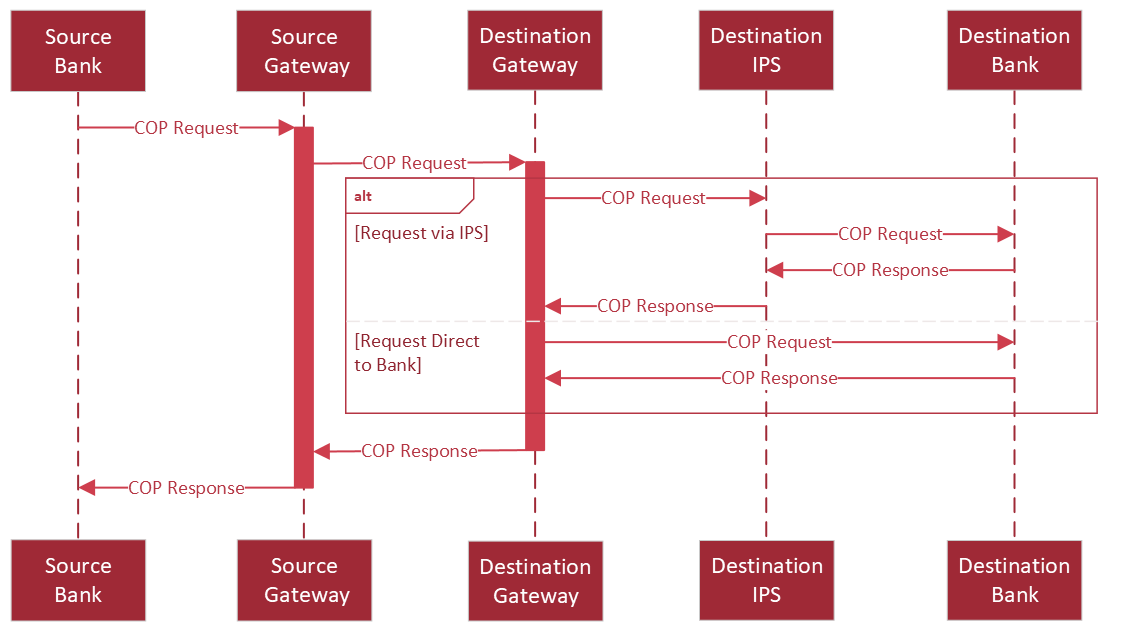
Online trading courses are a great way for beginners to get the basics of stock market trading. The best investment you could make is to invest in yourself. After all, Warren Buffett is one of the best investors of all time. Warren Buffett, one of the greatest investors in history, can be a great example to follow. You don't have to invest in yourself, but you should be cautious of gurus promising instant results.
Skillshare
Skillshare provides many options for day trading courses online. Both beginner and experienced day traders can find courses. Day Trading Stocks is suitable for both novice and advanced day traders. Day trading is a process that teaches you how to use trendlines and candles. The course will give you insight into the various strategies day traders use. It lasts six hours and includes sixteen lessons.
The lessons are broken down into manageable chunks so that you can work at your own speed. You can also learn from other students and benefit from the support of a community of creators. This can help you move your work to a higher level. This online trading course is recommended for people who are just starting out. You can search Skillshare to find the "day trading courses". There are also online trading classes available.

Investors Underground
Investors Underground is a group of stock traders who are like-minded. Investors Underground was founded by Bob Haegele, who also writes for a number of websites that focus on personal finance. He is a well-known author and contributor to other sites, including Muck Rack, Contently, and LinkedIn. Below are some of his top picks for this online trading course. His website contains more information on his investing methods.
The site offers courses covering all aspects and aspects of trading. You can also find daily recaps and video lessons on the most popular trades of each day. These videos can be especially helpful for novice day traders. It also offers webinars that are exclusively for members. These webinars will answer your questions and provide more guidance for members than for non-members. The site is extremely well-designed and easy to navigate, and its community has a lot to offer.
Udemy
Udemy offers free and paid courses for those who are just starting to trade online. These courses are priced according to the length of the course, format, and tutor. Udemy frequently runs promotions to lower the price. Sign up for free trials to get a feel for the course before buying. It is a great way of testing out the quality and functionality of a course. For groups of more than 6,000, the website offers discounts.
These courses cost between $100 and $300 per month. The cost includes course materials, webinars as well chat rooms, mentoring and hands-on training. Consider your financial capabilities before you decide to enroll in any course. You also need to decide how much you are willing and able to spend. Although many courses are well-worth the investment, it is important to be confident enough about your ability to invest.

Benzinga
While many stock trading classes only focus on the basics of the trade, the Benzinga course goes deeper than others. The course material covers economics, market trends, and even various theories of how to read data. To predict price movements, you will learn how to use exponential and linear projections. This information is essential to making the right investment decisions, but some beginners may not feel confident in their ability to interpret stock charts and use them effectively.
Benzinga recommends several different online trading courses for different skill levels, including beginner, intermediate, and advanced. You can interact with professors or watch video modules. Some courses are more for those with little or no experience and will help you build a strong foundation. Benzinga Reviews are valuable no matter what level you are at.
FAQ
Is it possible for passive income to be earned without having to start a business?
It is. In fact, many of today's successful people started their own businesses. Many of them owned businesses before they became well-known.
You don't need to create a business in order to make passive income. Instead, you can simply create products and services that other people find useful.
Articles on subjects that you are interested in could be written, for instance. You could even write books. Consulting services could also be offered. It is only necessary that you provide value to others.
How long does it take to become financially independent?
It depends on many variables. Some people can be financially independent in one day. Some people take years to achieve that goal. However, no matter how long it takes you to get there, there will come a time when you are financially free.
You must keep at it until you get there.
What kind of investment gives the best return?
The answer is not necessarily what you think. It all depends upon how much risk your willing to take. If you put $1000 down today and anticipate a 10% annual return, you'd have $1100 in one year. Instead, you could invest $100,000 today and expect a 20% annual return, which is extremely risky. You would then have $200,000 in five years.
In general, there is more risk when the return is higher.
Investing in low-risk investments like CDs and bank accounts is the best option.
However, the returns will be lower.
Investments that are high-risk can bring you large returns.
For example, investing all of your savings into stocks could potentially lead to a 100% gain. However, you risk losing everything if stock markets crash.
Which one do you prefer?
It all depends on your goals.
It makes sense, for example, to save money for retirement if you expect to retire in 30 year's time.
High-risk investments can be a better option if your goal is to build wealth over the long-term. They will allow you to reach your long-term goals more quickly.
Remember: Higher potential rewards often come with higher risk investments.
It's not a guarantee that you'll achieve these rewards.
What age should you begin investing?
The average person invests $2,000 annually in retirement savings. If you save early, you will have enough money to live comfortably in retirement. You may not have enough money for retirement if you do not start saving.
You must save as much while you work, and continue saving when you stop working.
The earlier you begin, the sooner your goals will be achieved.
Start saving by putting aside 10% of your every paycheck. You might also be able to invest in employer-based programs like 401(k).
You should contribute enough money to cover your current expenses. After that you can increase the amount of your contribution.
Statistics
- Most banks offer CDs at a return of less than 2% per year, which is not even enough to keep up with inflation. (ruleoneinvesting.com)
- According to the Federal Reserve of St. Louis, only about half of millennials (those born from 1981-1996) are invested in the stock market. (schwab.com)
- They charge a small fee for portfolio management, generally around 0.25% of your account balance. (nerdwallet.com)
- As a general rule of thumb, you want to aim to invest a total of 10% to 15% of your income each year for retirement — your employer match counts toward that goal. (nerdwallet.com)
External Links
How To
How to invest and trade commodities
Investing means purchasing physical assets such as mines, oil fields and plantations and then selling them later for higher prices. This is called commodity-trading.
Commodity investing is based on the theory that the price of a certain asset increases when demand for that asset increases. The price falls when the demand for a product drops.
If you believe the price will increase, then you want to purchase it. You don't want to sell anything if the market falls.
There are three major categories of commodities investor: speculators; hedgers; and arbitrageurs.
A speculator purchases a commodity when he believes that the price will rise. He does not care if the price goes down later. An example would be someone who owns gold bullion. Or someone who invests on oil futures.
An investor who believes that the commodity's price will drop is called a "hedger." Hedging is a way to protect yourself against unexpected changes in the price of your investment. If you own shares that are part of a widget company, and the price of widgets falls, you might consider shorting (selling some) those shares to hedge your position. By borrowing shares from other people, you can replace them by yours and hope the price falls enough to make up the difference. When the stock is already falling, shorting shares works well.
The third type of investor is an "arbitrager." Arbitragers trade one thing for another. For instance, if you're interested in buying coffee beans, you could buy coffee beans directly from farmers, or you could buy coffee futures. Futures allow you the flexibility to sell your coffee beans at a set price. You are not obliged to use the coffee bean, but you have the right to choose whether to keep or sell them.
You can buy things right away and save money later. You should buy now if you have a future need for something.
Any type of investing comes with risks. One risk is that commodities could drop unexpectedly. The second risk is that your investment's value could drop over time. Diversifying your portfolio can help reduce these risks.
Taxes should also be considered. If you plan to sell your investments, you need to figure out how much tax you'll owe on the profit.
If you're going to hold your investments longer than a year, you should also consider capital gains taxes. Capital gains taxes only apply to profits after an investment has been held for over 12 months.
You might get ordinary income instead of capital gain if your investment plans are not to be sustained for a long time. For earnings earned each year, ordinary income taxes will apply.
When you invest in commodities, you often lose money in the first few years. But you can still make money as your portfolio grows.